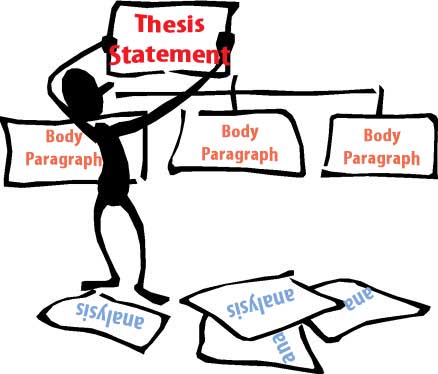Your essay is smart, interesting and on point. It’s all the things that should get you an “A.” But then your instructor sees one of these common errors. Uh-oh, record scratch. Your essay is a white suit with a splotch of spaghetti sauce, and that splotch brings down your credibility and tarnishes your great message. Don’t let that happen! Do one more read-through and check for these common mistakes.
Woulda, Coulda, Shoulda
While I know you wouldn’t type “woulda” and sound like Tony Soprano, make sure your sentences use “would have” or “would’ve” not “would of.” Yes, when spoken the two sound alike, but remember that your brilliant sentences need a verb in that instance, not a preposition. ”I could have danced all night” is a conditional perfect form, with the “have” functioning as an auxiliary or “helping” verb. You can say, “I have danced the rhumba,” but “I of danced the rhumba” makes zero sense. The conditional part means it is something that didn’t actually happen, but it could have. Or would have. Or should have. You get the idea.
Affect vs. Effect
These guys are tricky shape-shifters, but in general, affect is a verb and effect is a noun. To affect is to MAKE a difference. An effect IS the difference. In a sentence like “The use of fossil fuels has affected our climate,” it’s clear that “has affected” is the verb. Conversely, you could say “The use of fossil fuels has had a bad effect on our climate.” Here, ”has had” is the verb, and “effect” is preceded by an article, marking it as a thing–a noun. If only we could stop there, life would be easy. But in a few special instances, affect can be a noun, and effect can be a verb. One can use the phrase “effect change” meaning to cause change, and so here, effect is a verb. In a psychological context, one could also say “she has an flat affect,” where affect indicates an overall mood or state, making it a noun. But outside of those contexts, affect is the verb, effect is the noun.
Everyday vs. Every Day
This one really is easy. “Everyday” is an adjective that describes something: “I’m wearing an everyday shirt.” But the vast, vast majority of the time, you are talking about something that happens all the time: “every day.” Two words. “I go to the gym every day.” Here, every is the adjective, all by itself, and day is the noun it is describing. ‘Nuff said.
Its vs. It’s
Every time you writeit’s when you should writeits, a puppy dies. Okay, no, it doesn’t, but it does make your writing look like garbage and now everything you’ve said is somehow suspect because your audience is thinking, “how can I trust this person?” and that is not the impression you want your readers to have. When in doubt, avoid this heinous error by mentally substituting “It is” for “It’s.” If it makes sense, use the contraction with the apostrophe. If it doesn’t, you know you need the possessive pronoun, with no apostrophe. For example: Jasper paired every sock with its mate. Can you substitute “it is” here? Jasper paired every sock with it is mate? Nope. You know you need the apostrophe-less pronoun. On the other hand: Because it’s Saturday, I can turn off the alarm. Can you substitute “it is”? Yes, you can! Use that apostrophe, baby! Rock it!
Their, There, They’re
Here (not there) we have three words that sound the same (homonyms for you English geeks) but function very differently. “They’re” is a contraction of a pronoun and a verb, “their” is a pronoun, and “there” is an adverb. “They’re” is the contraction for “they are,” a combo of subject and verb. Example: They’re ready to leave class. Again, if you can substitute “they are” and it makes sense, then you are using the proper form. (see above discussion). “Their” is a possessive plural pronoun, indicating that something belongs to someone, or in this case, several someones. Example: Their garage band, Funeral Goose, plays covers from the nineties. Finally, “there” is an adverb indicating location (but in a vague sort of way). Example: Are we there yet? Round-up example of all 3 homonyms: They’re piling up their notebooks over there.
To Conclude:
We have only scratched the surface of usage pitfalls here, but these are some of the most common (and frankly the most annoying) of writing errors. In a time of constant and casual texting, it’s easy to say these mistakes don’t really matter; surely the audience knows what you mean. Maybe they do, but sometimes they don’t. At worst, grammar errors can obscure the meaning of your writing, but even at best, the impact of your message and your credibility as a writer takes a big hit. You’ve spent a lot of precious time on your writing–invest a few more minutes to make sure it shines.








